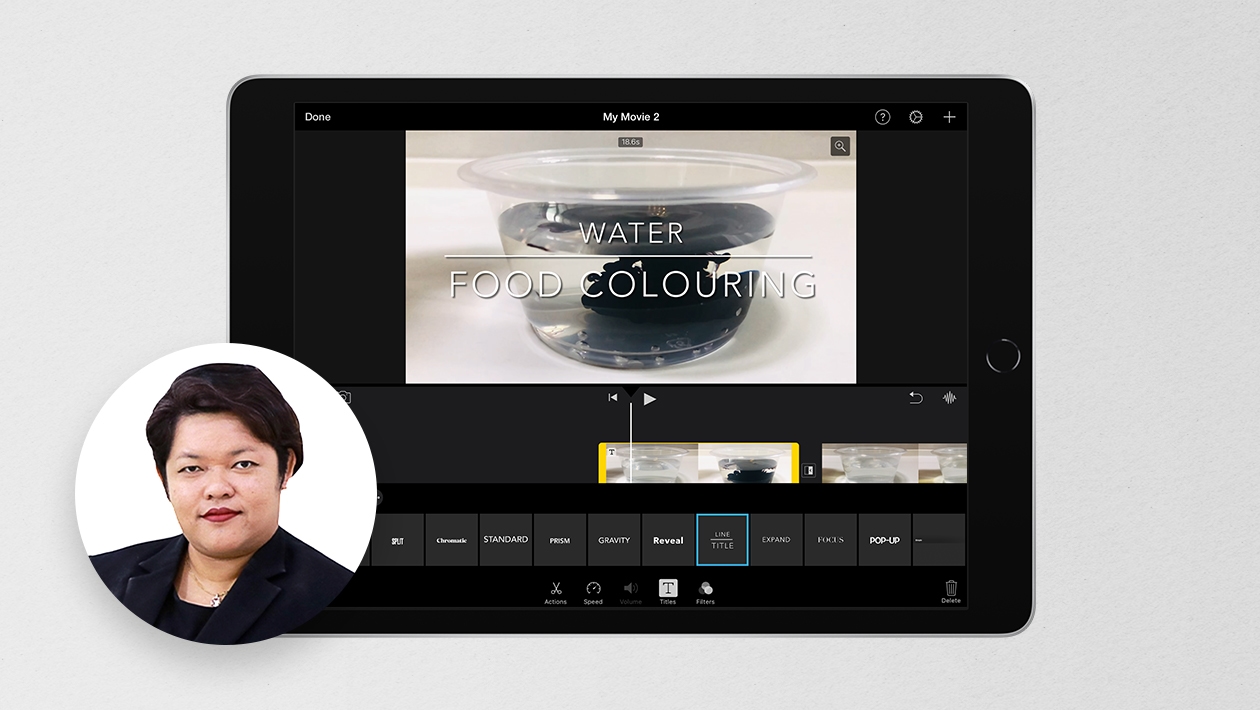Supporting our students in developing empathy is such a valuable skill, fostering their capacity for compassion and understanding.
This was a key focus this term, for our Year/Grade 1 and 2 students, where they learned about the Earth's resources, with a particular focus on water: where it comes from, its journey to their homes, and how they may look after this precious resource. The STEM challenge tasked students with creating water filters, raising awareness about the lack of clean water access for many people worldwide and inspiring them to find possible solutions.
This unit could be easily adapted for any year group - primary or secondary.
Water Cycle
To begin with, students were introduced to the water cycle and created an AR scene (using ARMakr) to explain each step of the process.
Scientific Investigations
Our students engaged in scientific investigations: to explore how waterways are connected and how plants uptake water. They used oil, pepper, and food colouring in an egg carton to simulate how contaminants in water can affect plant, animal, and human life. Additionally, they observed capillary action by adding food coloring to celery stalks.
Sources of Water Scavenger Hunt
The students also explored sources of water around our school whilst practising their photography skill and adding them to a Scavenger hunt journal.
Designing and Creating Water Filters
The STEM challenge enabled students to explore and tested how different materials (cotton wool, fabric, cloth, sponges, charcoal, sand etc) can filter water in different ways using three types of contaminated water (discoloured water from tea, water mixed with cornflower (small particles) and water with soil added (large particles).
Then, they designed their water filter prototype and chose four different materials (drawing a labelled scientific diagram) to improve the water quality of the 'soil water'. Students added their findings, observations and reflections to their Keynote Science Journal.
Special thanks to Questacon for providing engaging professional development to guide us in leading our students to create water filters. This video, Water filters: Engineering is Elementary, helped to set the scene.
Have you tried something like this in your class? What has worked for you? If so, please share in the comments below. I have included our Science Journal which could serve as a scaffold for learning.











September 30, 2024 . English
English
You have such interesting STEM projects Mary! Love the hands on and the experimentation and building. So practical and real world and a great approach to learning about a concept. The AR video is delightful! Such great tech integration with learning. I’m passing this along.
This action is unavailable while under moderation.
This action is unavailable while under moderation.